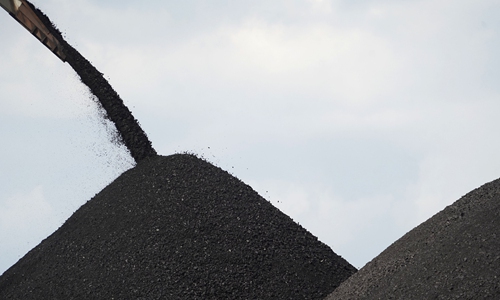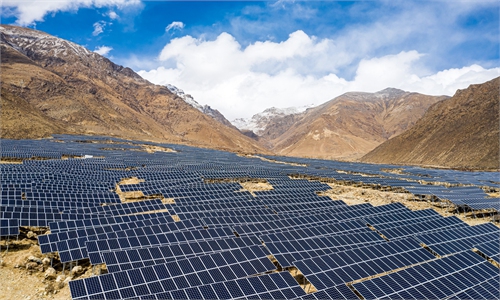China launches guidelines in a push for green transformation of petrochemical industry

A view of the plant of Sinopec Jinan Company in East China's Shandong Province Photo: Courtesy of the Sinopec Jinan Company
China's Ministry of Industry and Information Technology (MIIT) launched a set of guidelines on Thursday for the development of the petrochemical industry, unveiling a slew of measures, including restrictions on exports of carbon-intensive products, to significantly reduce emissions through technology. The latest effort demonstrates the country is on the way of realizing its green promise regardless of external uncertainties.
The guidelines, launched by the MIIT, establish that by 2025 China's petrochemical industry will basically follow a high-quality development pattern featuring a strong independent innovation capability, with a reasonable structural layout that is green, safe and low-carbon.
The country will also strictly control new capacity in its oil refining industry and will accelerate the elimination of inefficient and outdated production.
"We will promote refining and production to reduce the output of refined oil products and increase chemical products to extend the petrochemical industry chain," the MIIT said.
The ministry also urged refineries to adopt better technologies to reduce emissions as China, the world's second-largest economy, has vowed to continue improving air quality while meeting climate change pledges.
Meanwhile, innovation and integrated innovation capabilities in the industry will continue to be enhanced. By 2025, R&D investment of enterprises above designated size will account for more than 1.5 percent of the main business income. Additionally, more than 20 key common technologies and more than 40 key new products will see breakthroughs.
According to a five-year plan on energy conservation and emission reduction released by the State Council, China will appropriately control its total energy consumption and cut it by 13.5 percent per unit of gross domestic product by 2025 compared with 2020 to lay a solid foundation to achieve carbon neutrality.
Total emissions of chemical oxygen demand and ammonia nitrogen will see an 8 percent drop, while emissions of oxynitride and volatile organic compounds will be reduced by more than 10 percent from the 2020 level, according to the plan.
China has announced that it will strive to peak CO2 emissions by 2030 and achieve carbon neutrality by 2060.



